A Case History: How We Drove Explosive Growth in the Barbie Adult Collector Business
by Nancy Zwiers | 09 Mar 2023
The Bloom Report
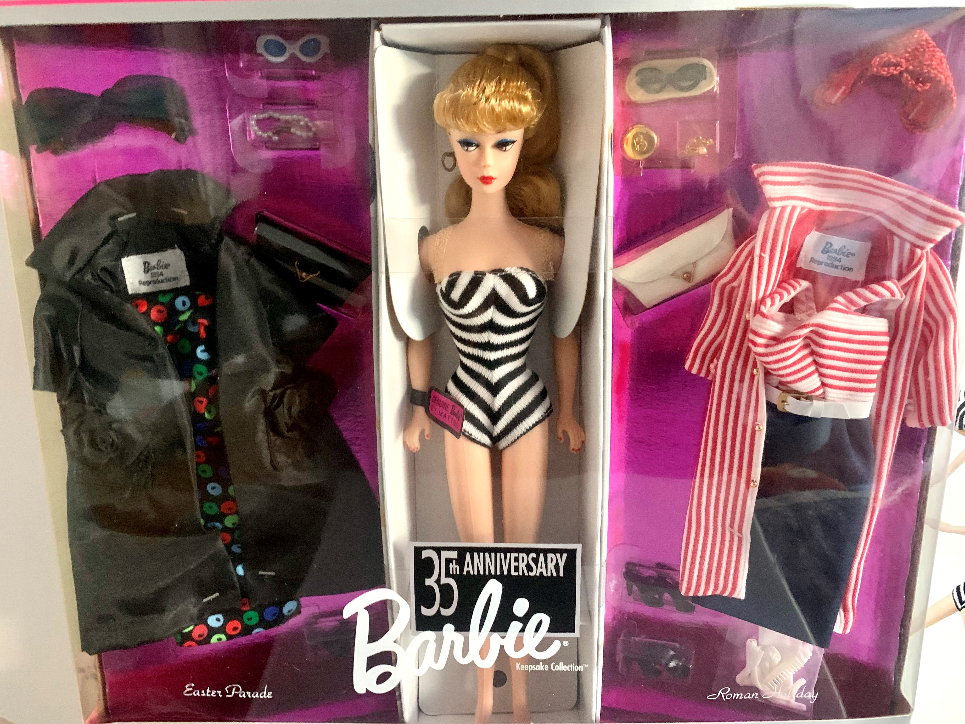
A Case History:
How We Drove Explosive Growth in the Barbie Adult Collector Business
By Nancy Zwiers
When I joined the Barbie brand in 1992, I was responsible for the doll business. Mattel’s adult collector segment was small, chugging along at about $6M annually alongside a thriving secondary market of vintage barbie dolls. Our product lines consisted of Dolls of the World and Military sold to girls and adults, and high-priced porcelain replicas of vintage Barbie dolls sold to adults.
Read on for insights on how we grew the business 29-fold(!) in the four years I led the business, earning net operating profit north of 30%. This wouldn’t have happened without the talent and hard work of the marketing team --Anne Parducci and Suzanne Schlundt--and a host of other contributors across all departments.
Quantifying A Big Opportunity Got the Ball Rolling
At this time, large collectible baby dolls were just taking off on Home Shopping Network, QVC, and direct-to-consumer businesses. Doll shops were a defined segment in the specialty retail channel.
Fully aware of how impassioned little girls were about Barbie, I hypothesized that many one-time girls—now adults—may have felt equally in love with Barbie and might be interested in collector dolls. We did the math and quantified the opportunity: 28 million women between the ages of 34-54 grew up playing with Barbie; if we could tap just a small fraction, we could grow the business well beyond $6M.
Segmenting the Adult Market Undergirded Our Strategy
We labelled current adult collectors as “Avid Collectors” and we labelled this newly identified opportunity “Casual Collectors.” We expanded our offering to Avid Collectors beyond porcelain replicas to include lavish vinyl dolls at high prices—well above $100. Later, we started designing special Barbie dolls in the $75 range that mirrored pricing we saw in the baby doll collector market.
Distinguishing Collector Dolls from Mainline was Mission-Critical
Besides higher prices, we employed other means to distinguish collector dolls from mainline:
- a) We employed the original Barbie script logo versus the mainline curly cue logo.
- b) We sold them in closed packages with beautiful photography and sophisticated graphics; and we made the collector packaging 13” tall versus mainline 12.5” tall package.
- c) We diverged in our pricing strategy; the wholesale price to the trade was a round number (e.g. $25 versus $24.99) and the suggested retail price reflected a keystone margin (50% margin/100% mark-up) that would allow it to be sold in upscale channels as well as be a highly attractive margin opportunity for the Trade in mass channels. We implemented MAP pricing (Minimum Advertised Price) to protect margins for everyone.
- d) We merchandised differently (e.g., Display cases at doll shops and TRU and separate section in Sears and JC Penney catalogs) and advertised in doll magazines.
Protecting the Secondary Market was our Top Priority
Early on, I facilitated a “Clarity Session,” I highly structured strategy development process and one exercise had us identify “Key Factors for Revenue Success.” As the exercise unfolded it became clear that THE most important factor of success in building a thriving collectible business was a strong secondary market: if collectors were assured there was a resale market for the doll they wanted to purchase, they would be more willing to invest…and keep on investing.
Before this insight, the secondary market was viewed as competition for Mattel, robbing us of sales we could be making to the small but mighty group of avid collectors. We turned that belief on its end and kept quotas lower than projected demand so we could spur trading and selling. We frequently had to battle top management who wanted to raise quotas to boost company revenue (it was almost like printing money). The secondary market thrived.
Riding the Rocket was a “Blast!” (Pun intended)
As we experienced quick and impressive success with our strategy of developing a Casual Collector segment, we employed many new approaches to driving penetration.
- Guided by Rick DeHerder with his extensive experience doing direct response at Sears, we leaned into developing a D2C channel (note this was prior to the internet).
- We started doing direct response print ads, competing directly with Franklin Mint etc. with lower priced broad appeal dolls designed to appeal to new collectors.
- We followed up with informercials—a real innovation at the time. In our first, we worked with popular talk show host, Leeza Gibbons to promote a collection of “Gone with the Wind” Barbie as Scarlett dolls. It was fabulously successful. We followed up with a second.
- Soon the collector design team grew under Margo Moschel’s leadership and our product line exploded in themes, and price points. With our insulated 50% margin we attracted new distribution outlets and developed high end exclusives. We also learned the power of a series, which allowed casual collectors to “collect the whole set,” further deepening penetration.
- We tapped the fashion design community to lend additional cachet. (Bob Mackie, Christian Dior, etc.) Elaine Carovilla flew to Italy just to land Valentino. These and other designers created amazingly sophisticated versions of Barbie that allowed average women to experience a taste of haute couture at a fraction of the cost it took to clothe themselves.
- Instead of disparaging the fanaticism of avid collectors, we proactively engaged. We “leaked” information to newsletters; we attended their annual convention; I appeared with collectors dressed as Barbie dolls on the Phil Donahue Show, the biggest daytime talk show of the era.
Our engagement peaked as Mattel sponsored the first ever Barbie convention in honor of Barbie’s 35th Anniversary. A huge undertaking, we subcontracted Cathy Parks to ensure flawless execution of this 3-day extravaganza. Held at Disneyworld with multiple dimensions, it was an opportunity to shower love on our most avid fans. It was capped with a live auction of special dolls and attendees left with “priceless” Barbie SWAG.
This was a journey that felt magical. It was exciting to be in the right place at the right time to recognize and unleash a latent opportunity that had the power to drive Mattel’s value as a company, and give so many women the joy of reliving their childhood love of Barbie.
Recent Blogs
Recent Blogs

The Bloom Report
Toy and Game People Obituaries - RIP - Rest in Play
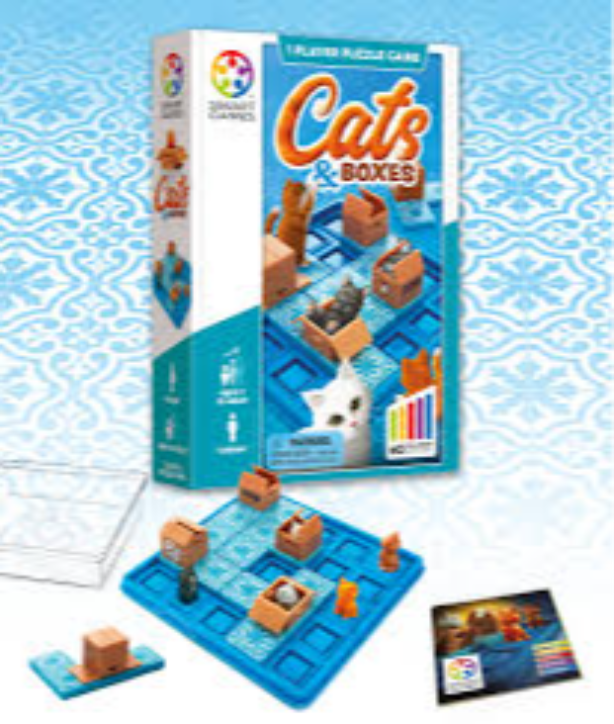
Reviews
Game Review: Cats & Boxes

Biographies and Interviews
Ana Maria, Founder of The Magical Underland Inc., Rings in the Holidays with a new kind of Christmas Tree
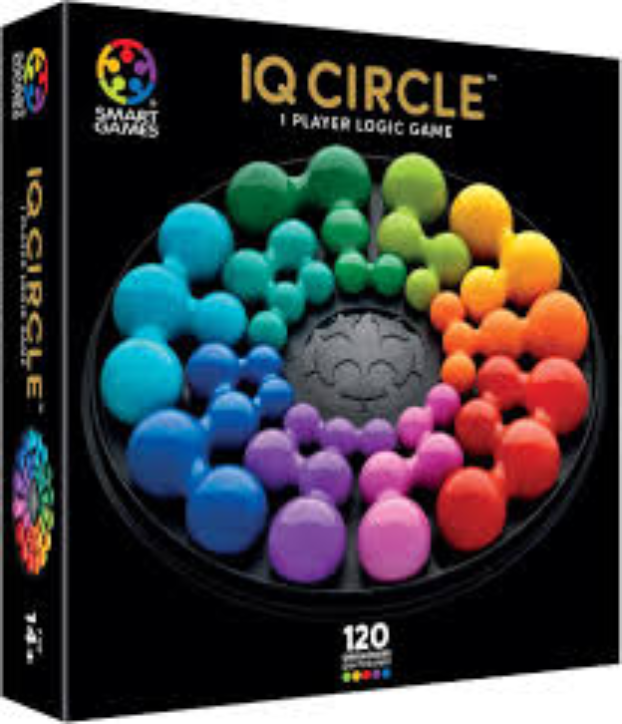
Reviews
Game Review: IQ Circle
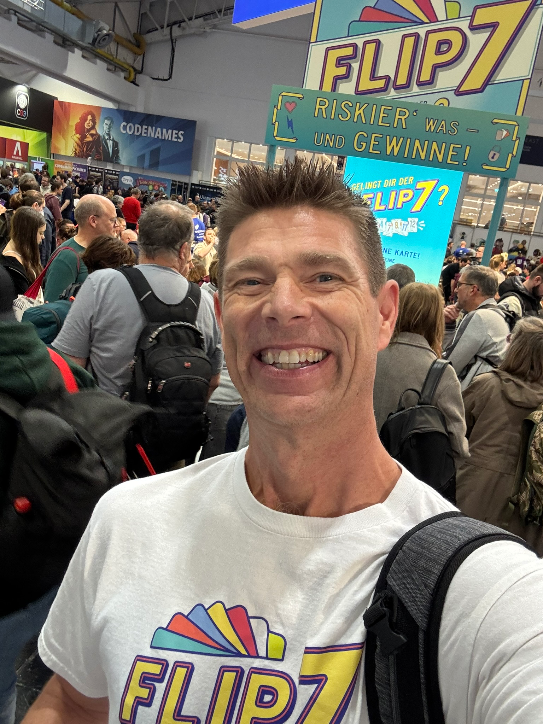
Biographies and Interviews
Catching up with Eric Olsen, The Inventor of Flip 7 and Co-Creator of Messy Table Games
See more
Recent Wiki
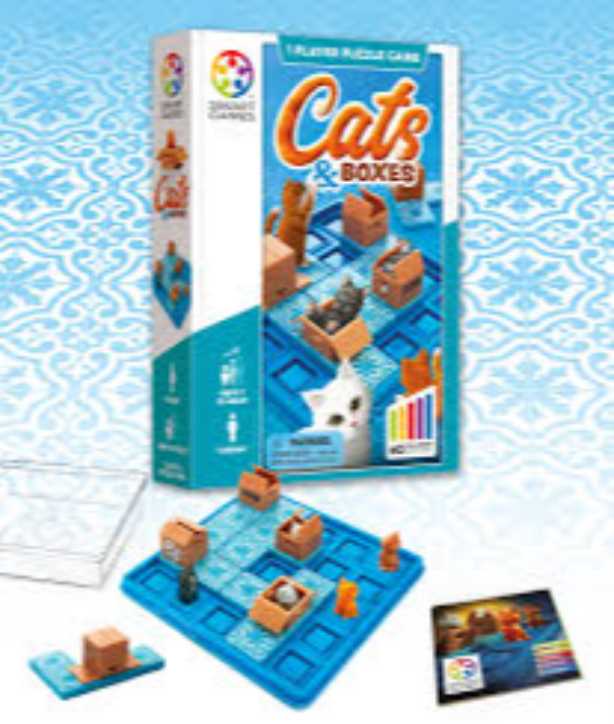
BOOK REVIEWS
Game Review: Cats & Boxes

PEOPLE
Ana Maria, Founder of The Magical Underland Inc., Rings in the Holidays with a new kind of Christmas Tree
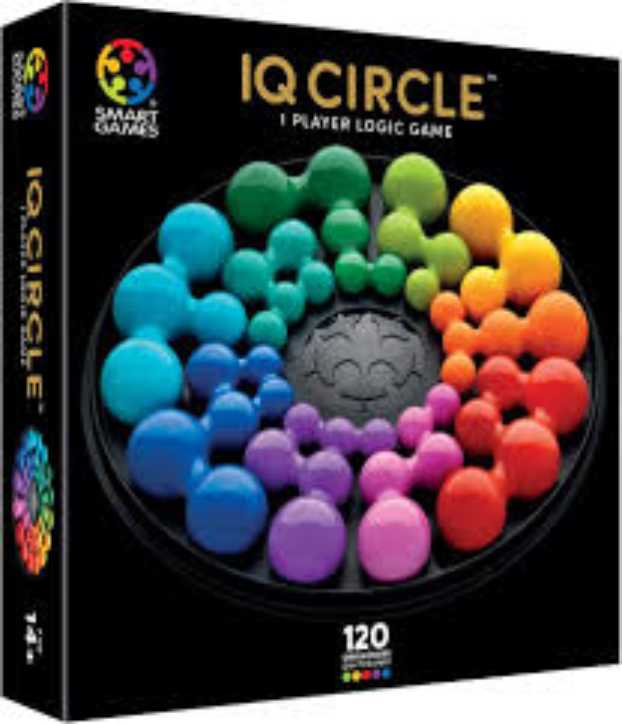
BOOK REVIEWS
Game Review: IQ Circle
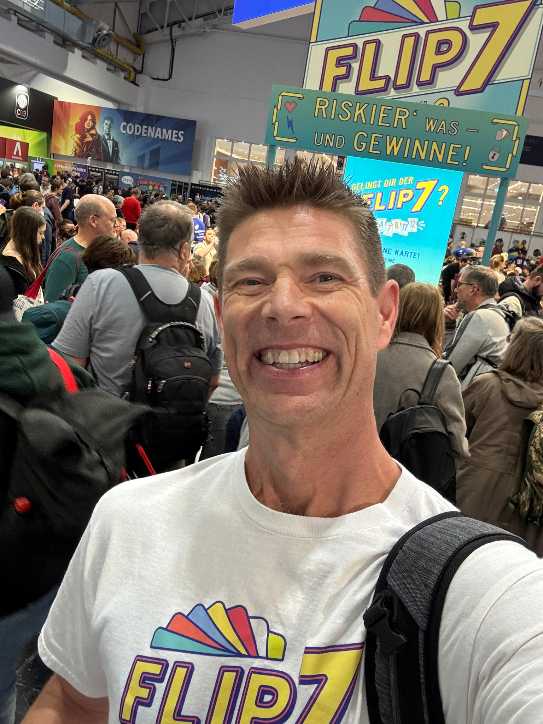
PEOPLE
Catching up with Eric Olsen, The Inventor of Flip 7 and Co-Creator of Messy Table Games

BOOK REVIEWS
Book Review: Happytecture by Anna Devís & Daniel Rueda
See more
POP's Got Talent

POP Entertainment
Randy Klimpert Shares his Ukulele Collection

POP Entertainment
Steve Casino Peanut Art

POP Entertainment
Everyone's Talking about POP!

POP Entertainment
Princess Etch - a Multi-Talented Etch A Sketch Artist

POP Entertainment
Joseph Herscher of Joseph' s Machines.
See more
Recent POPcast

Hidden Role: The Brains Behind your Favorite Games
Connie Vogelmann designed Apiary & Wyrmspan!

Hidden Role: The Brains Behind your Favorite Games
Bob Fuhrer... Is THE Crocodile Dentist!

Hidden Role: The Brains Behind your Favorite Games
Tom Dusenberry... Bought Atari, Wizards of the Coast, and Avalon Hill!

Hidden Role: The Brains Behind your Favorite Games
Matt Leacock created Pandemic... the game!

Hidden Role: The Brains Behind your Favorite Games
Scott Brown and Tim Swindle... are Launching a New Sport!
See more
POPDuos

POPDuos: Interviews with Legends and Leaders
POPDuo: Richard Dickson, Mattel’s President & COO, and Kedar Narayan, Young Inventor Challenge AMB

POPDuos: Interviews with Legends and Leaders
POPDuo: Will Shortz and Josh Wardle

POPDuos: Legends and Leaders Explore Creativity
POP Duo: Elan Lee, Co-Founder, Exploding Kittens.and Jeff Probst, Host and Exec Producer, Survivor

POPDuos: Legends and Leaders Explore Creativity
POP Duo: David Fuhrer, MNG Director, Blue Sq Innovations & Shawn Green, past Dodgers & Mets MLB Star

POPDuos: Legends and Leaders Explore Creativity
POP Duo: Bob Fuhrer, Founder, Nextoy and Tom Fazio, Golf Course Designer
See more















